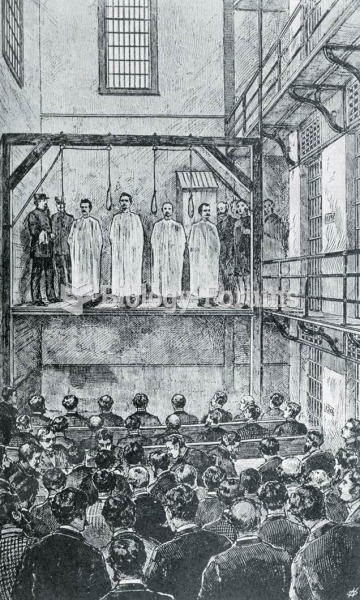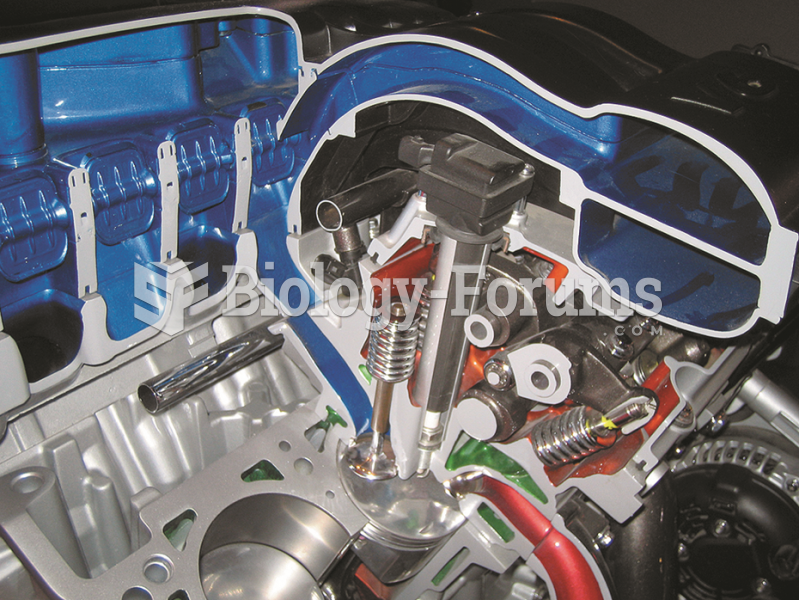Answer to Question 1
T
Answer to Question 2
1. a. Georgia plant:
Expected output in units 2,000,000
Direct labor hours per unit 0.50
Total budgeted labor hours 1,000,000
Budgeted fixed OH rate = 2,400,000 / 1,000,000 DLH = 2.40 per DLH
Alabama plant:
Expected output in units 2,100,000
Direct labor hours per unit 0.50
Total budgeted labor hours 1,050,000
Budgeted fixed OH rate = 2,205,000 / 1,050,000 DLH = 2.10 per DLH
b. Allocation of common fixed costs:
To Georgia: 3,150,000 2/3 = 2,100,000
To Alabama: 3,150,000 1/3 = 1,050,000
Georgia plant:
Budgeted fixed OH rate = (2,400,000 + 2,100,000) / 1,000,000 DLH = 4.50 per DLH
Alabama plant:
Budgeted fixed OH rate = (2,205,000 + 1,050,000)/ 1,050,000 DLH = 3.10 per DLH
2. Variable overhead variances:
Georgia plant:
Actual Actual hours Budgeted input allowed for
Variable Overhead Budgeted rate Actual output Budgeted rate (1,020,000 3.20) (1,020,000 3.30) (1,950,000 0.50 3.30)
3,264,000 3,366,000 3,217,500
102,000 F 148,500 U
Spending variance Efficiency variance
Alabama plant:
Actual Actual hours Budgeted input allowed for
Variable Overhead Budgeted rate Actual output Budgeted rate
(1,225,000 3.20) (1,225,000 3.10) (2,175,000 0.50 3.10)
3,920,000 3,797,500 3,371,250
122,500 U 426,250 U
Spending variance Efficiency variance
3. Fixed overhead variances
a. Excluding the allocated common costs
Georgia plant:
Actual Static Budget Budgeted input allowed for
Fixed Overhead Fixed Overhead Actual output Budgeted Rate
(1,950,000 0.50 2.40)
2,440,000 2,400,000 2,340,000
40,000 U 60,000 U
Spending variance Production-volume variance
Alabama plant:
Actual Static Budget Budgeted input allowed for
Fixed Overhead Fixed Overhead Actual output Budgeted Rate
(2,175,000 0.50 2.10) 2,300,000 2,205,000 2,283,750
95,000 U 78,750 F
Spending variance Production-volume variance
b. Including allocated common costs
Georgia plant:
Actual Static Budget Budgeted input allowed for
Fixed Overhead Fixed Overhead Actual output Budgeted Rate
2,440,000 + (2/3 3,075,000) (2,400,000 + 2,100,000) (1,950,000 0.50 4.50)
4,490,000 4,500,000 4,387,500
10,000 F 112,500 U
Spending variance Production-volume variance
Alabama plant:
Actual Static Budget Budgeted input allowed for
Fixed Overhead Fixed Overhead Actual output Budgeted Rate
2,300,000 + (1/3 3,075,000) (2,205,000 + 1,050,000) (2,175,000 0.50 3.10)
3,325,000 3,255,000 3,371,250
70,000 U 116,250 F
Spending variance Production-volume variance
4. Tom Saban's attempt did not fully work. Even though he tried to allocate a significantly larger amount of common cost to the Georgia plant than to the Alabama plant, the cost becomes part of the fixed overhead rate and thus will only cause a large unfavorable spending variance for the Georgia plant if the cost itself is much larger than expected. Because the actual common costs were lower, the result was actually to shift Georgia's spending variance from unfavorable to favorable Also, the spending variance for the Alabama plant is already larger than that of the Georgia plant, and the gap between them only increases when the common fixed costs are added to both plants. That said, the inclusion of the common fixed cost does exacerbate the impact of the underproduction by Georgia relative to budget (via the higher unfavorable production volume variance) while increasing the favorable volume variance for Alabama.
5. Common fixed costs should not be allocated to units that are being evaluated for performance because common fixed costs are not controllable by those units. Thus, the units should not be responsible for such costs.
6. Tom Saban's behavior is not ethical. He attempted to make his friend better off by manipulating costs and overhead rates, rather than focusing on which cost system would provide the best measure of relative performance among the divisions.







